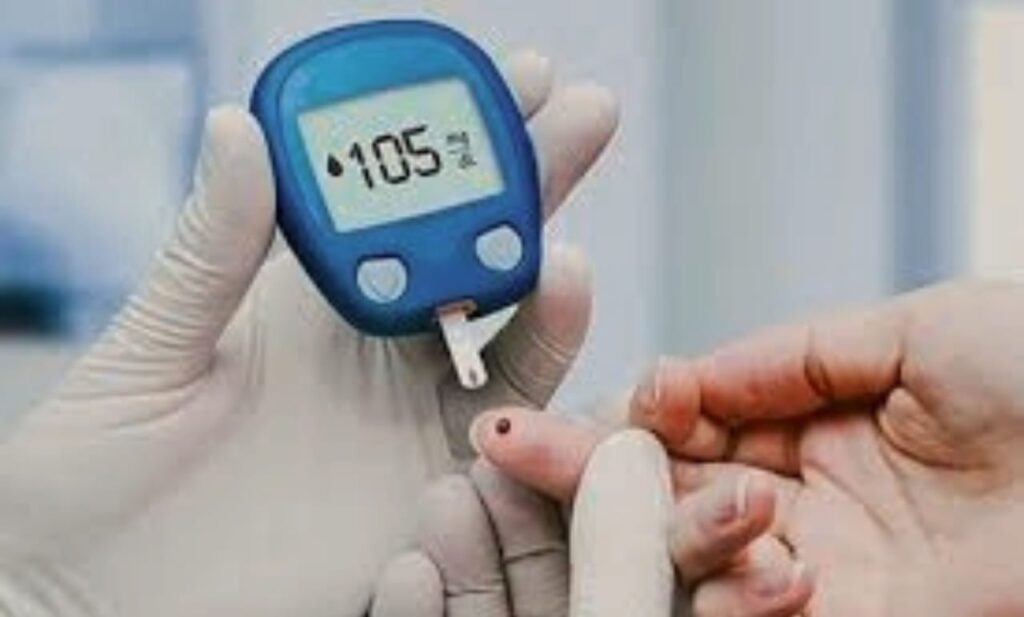
Diabetes is often associated with lifestyle factors like obesity or genetics, but a lesser-known form of the disease is quietly affecting undernourished populations worldwide. Meet Type 5 diabetes, a condition driven by chronic malnutrition rather than excess calories or autoimmune responses. Unlike Type 1 or Type 2 diabetes, this variant stems from prolonged nutrient deprivation, damaging the pancreas and disrupting insulin production. While it’s rare in well-fed communities, Type 5 diabetes is a growing concern in regions plagued by food insecurity, poor healthcare access, and economic instability. Let’s unpack this overlooked health crisis, its mechanisms, and why it demands urgent attention.
What Exactly Is Type 5 Diabetes?
Type 5 diabetes, sometimes called malnutrition-related diabetes mellitus (MRDM), was first identified in tropical regions where poverty and limited food resources are widespread. It occurs when the body’s insulin-producing beta cells deteriorate due to long-term nutrient deficiencies, particularly protein and essential vitamins. Unlike Type 1 diabetes, where the immune system attacks pancreatic cells, or Type 2, linked to insulin resistance, Type 5 arises from the literal starvation of the pancreas. Imagine a factory shutting down because it lacks raw materials—the pancreas, deprived of nutrients, can’t produce enough insulin to regulate blood sugar.
Who Is at Risk?
This condition disproportionately affects individuals in low-income countries, though cases have been reported in marginalized communities everywhere. Adolescents and young adults in sub-Saharan Africa, South Asia, and parts of Latin America are especially vulnerable. For example, a 2020 study in The Lancet noted higher Type 5 diabetes rates in rural India, where 40% of children under five suffer from chronic undernutrition. However, it’s not limited to developing nations. Homeless populations, refugees, and those with eating disorders in wealthier countries also face risks. Dr. Anika Patel, an endocrinologist specializing in malnutrition diseases, explains: “When the body lacks protein and micronutrients like zinc or magnesium, the pancreas can’t repair itself. Over time, this leads to irreversible damage.”
Symptoms and Diagnosis Challenges
Type 5 diabetes shares symptoms with other forms of diabetes—excessive thirst, frequent urination, fatigue, and blurred vision. But there’s a critical difference: patients often appear underweight or show signs of stunted growth. Misdiagnosis is common because healthcare providers in resource-poor areas may lack tools to distinguish it from Type 1 or 2. Blood tests revealing low C-peptide levels (a marker of insulin production) alongside malnutrition indicators help confirm Type 5. Yet, many clinics in affected regions don’t have access to advanced testing. This delays treatment, worsening outcomes.
The Science Behind Malnutrition and Insulin Failure
To grasp how malnutrition triggers diabetes, consider the pancreas’s role. This organ relies on amino acids from protein to build and repair beta cells. Without adequate protein, these cells atrophy. Additionally, deficiencies in zinc and vitamin A impair insulin synthesis and secretion. A 2019 study in Nutrition Journal found that rats fed low-protein diets developed pancreatic fibrosis within weeks—a precursor to diabetes. In humans, chronic malnutrition causes similar damage, compounded by infections or parasites common in impoverished areas. For instance, repeated gastrointestinal infections can further reduce nutrient absorption, accelerating pancreatic decline.
Case Study: A Silent Crisis in Rural Communities
Take 19-year-old Rina from Odisha, India. Growing up in a drought-prone village, her diet consisted mainly of rice and sporadic vegetables. By 15, she experienced constant fatigue and lost 12 pounds. Local doctors initially diagnosed her with Type 1 diabetes, but insulin injections provided little relief. It wasn’t until a visiting medical team identified her severe protein deficiency and stunted growth that Type 5 diabetes was confirmed. Rina’s story isn’t unique. In Sub-Saharan Africa, clinics report rising cases of young adults with diabetes symptoms despite low body weight—a red flag for Type 5.
Treatment: More Than Just Insulin
Managing Type 5 diabetes requires a dual approach: stabilizing blood sugar and addressing malnutrition. Insulin therapy alone won’t work long-term if the pancreas remains starved. Nutritional rehabilitation—gradually reintroducing protein-rich foods, vitamins, and minerals—is critical. Organizations like UNICEF advocate for ready-to-use therapeutic foods (RUTFs), peanut-based pastes fortified with nutrients, in affected regions. However, sustainability is a hurdle. Dr. Kwame Osei, a Ghanaian endocrinologist, stresses: “We need systemic changes—better access to balanced diets, deworming programs, and education on nutrient-dense crops like lentils or soybeans.”
Prevention: Tackling the Root Causes
Preventing Type 5 diabetes means tackling poverty and food inequality. Governments and NGOs must prioritize school meal programs, maternal nutrition initiatives, and subsidies for protein sources. Bangladesh’s success in reducing child malnutrition by 50% over two decades—through community gardens and nutrition education—offers a blueprint. Public health campaigns can also raise awareness about early symptoms, encouraging timely medical visits.
Global Implications and the Road Ahead
Type 5 diabetes highlights the vicious cycle of poverty and disease. Malnourished individuals face higher risks of infections, reduced work capacity, and shorter lifespans, perpetuating economic stagnation. The World Health Organization (WHO) estimates that malnutrition costs the global economy $3.5 trillion annually in healthcare and lost productivity. Combating Type 5 diabetes isn’t just a medical issue—it’s a socioeconomic imperative. Researchers are advocating for its formal recognition in diabetes classifications to improve funding and data collection.
Final Thoughts
Type 5 diabetes is a stark reminder that health disparities persist in our interconnected world. While advancements in diabetes care often focus on high-tech solutions like glucose monitors or new medications, millions still suffer from a preventable condition rooted in inequality. Addressing it requires empathy, systemic action, and a commitment to ensuring everyone has access to the most basic human need: nutritious food.
